
Where to Now? — Short Stories from Zimbabwe
REVIEWED BY CYNTHIA R MATONHODZE - Oct 11 2011 06:43
Editor: Jane Morris
Publisher: ‘amaBooks, Bulawayo, 2011, 146pp
The anthology Where to Now? Short Stories from Zimbabwe features a mixture of 16 Zimbabwean writers, some new and others well known, among them 2011 Caine Prize winner NoViolet Bulawayo and 2011 World Summit Youth Awards runner-up Fungai Rufaro Machirori.
Published by ‘amaBooks, it is the fifth book in a series of short story writings the first being Short Writings from Bulawayo (2003)* and the most recent one Long Time Coming: Short Writings from Zimbabwe (2008).
Where to Now? casts autobiographical tales of life and living in Zimbabwe’s lost decade when the economy crumbled, inflation reached dizzy heights, violence replaced the rule of law and most people fled the country.
What is autobiographical about these stories is different Zimbabwean authors delivering narratives that speak of events, phases, characters and images that are conspicuously Zimbabwean, creating a lingering reflection which prompts the reader to ask: Where to now? From the black purchasing manager who struggles with whether or not he is a true African — when a fellow colleague accuses him of being a sell-out for eating isitshwala with a fork and knife and only using the company fuel allocation he needs in Mzana Mthimkhulu’s I am an African, am I? to the couple that goes to the UK, each assuming another identity, to work and send money home to build their dream house only to be swindled by a relative who had been sending them pictures of someone else’s house in Blessing Musariri’s Sudden Death — each story tickles the memory to recall that period and sometimes even crafts out a memory that will have you sad, in stitches, inspired, disillusioned or even questioning yourself.
For example, Raisedon Baya’s Her Skin is a Map and Novuyo Rosa Tshuma’s Crossroads, both writers tell the story of migrating to South Africa. One traces the events that lead most to leave while the other sketches out the tedious humiliating process many Zimbabweans went through for the promise of a better life, only to have that hope shattered by reality. Etched in these tales are themes such as violence, corruption, family disintegration, desperation, hope and disillusionment. Baya uses nature and the park to lament and trace the deterioration of human relationships in society, in Zimbabwe.
“The park has changed. The grass is no longer entwined together like lovers. The grass is gone, replaced by an angry gold that attacks the eyes. The trees look unhappy, betrayed. If they could walk they would have left the park a long time ago.” (p56). Now, “The people that come to the park now are not lovers with spirits, they are not families that want a day out, but unemployed people who are hungry and tired of hunting for jobs and are here to rest and hide from prying eyes,” (p58).
Baya remembers happier times where as a little boy they would have a picnic in the park at Christmas with his family, everything joyous with the promise of independence. Now when he takes his own family to the park they end up being badly beaten up by riot police who suspect that they are striking teachers. Then and there he makes up his mind to leave with his family for Durban.
Tshuma creates a vivid image of the process of migrating in a young woman’s journey from Zimbabwe to South Africa in the hope of getting a job and saving up enough money for university. In Zimbabwe – no water, no electricity (depending on where you stay), a never-ending queue at the South African Embassy with enterprising individuals that sell their positions in the queue.
At the border — never ending queues, rude and indifferent immigration officers, stories of having been robbed in South Africa and the public toilets that read:
Toilet paper only
To be used in this toilet
No cardboard
No cloth
No Zim dollars
No newspaper p (69)
Baya and Tshuma clearly and skillfully capture memories of that sad period in Zimbabwe’s history, painfully personal for most. There are some lighter stories like Mapfumo Clement Chihota’s A Beast and a Jete which is a story within stories of clever women that out smart their husbands.
Other stories include themes such as xenophobia, poverty, marriage, lost hope, infidelity, love, misplaced hate, the new generation of women, a dishevelled society, loneliness, the pain of remembering, death, coming home, the born-frees, political machinations, life in limbo and black and white relations.
Other contributors include Barbara Mhangani-Ruwende, Thabisani Ndlovu, Bryony Rheam, Nyevero Muza, Christopher Mlalazi, Diana Charsley, Murenga Joseph Chikowero, John Eppel and Sandisile Tshuma.


















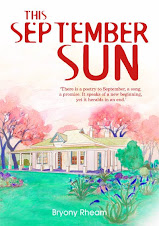.jpg)



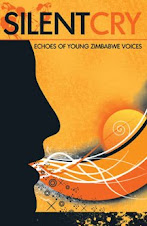
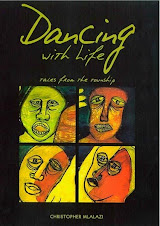

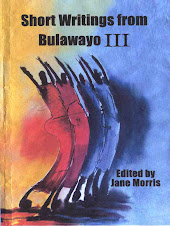


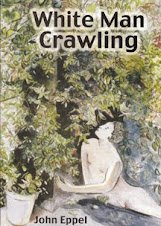










.jpg)












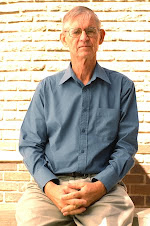















No comments:
Post a Comment